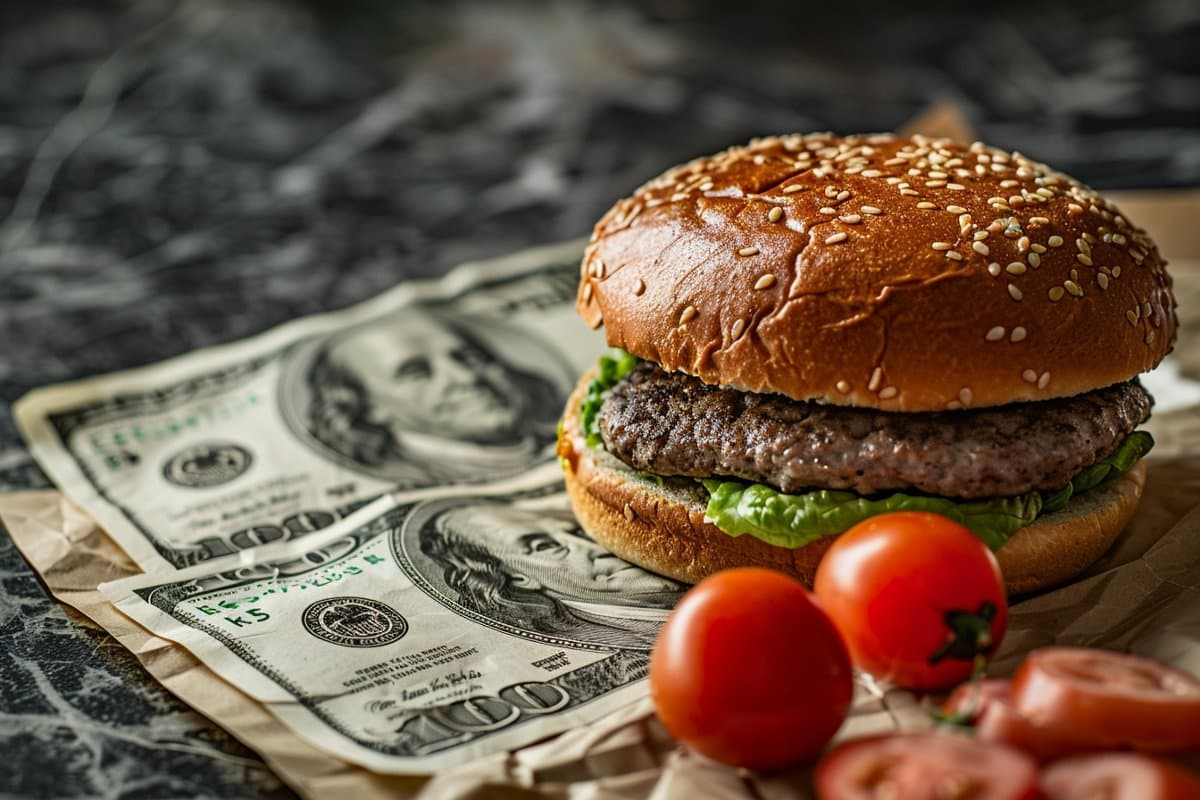Summary: Impulsivity affects decision-making between primary rewards like food and secondary rewards like money. The team found that individuals are more likely to choose immediate food rewards over delayed ones, while they prefer to wait for a larger sum of money.
Using MRI scans, the study revealed distinct brain activation patterns depending on the type of reward, suggesting different underlying mechanisms in the brain for processing food versus money decisions. These findings highlight the role of impulsivity in reward-based decision-making.
Key Facts:
- Reward Preferences: People tend to choose immediate food rewards due to its perishability, whereas they opt to wait for larger monetary amounts because of money’s value stability.
- Brain Activation Differences: Decision-making involving money activates brain regions associated with action monitoring, while food choices engage areas linked to social decision-making.
- Implications for Addictive Behavior: The study connects impulsivity with a tendency towards addictive behaviors, suggesting that understanding these decision-making processes could inform new therapeutic strategies.
Source: RUB
Neuroscience researchers from Bochum confirm different strategies when choosing between primary and secondary rewards. The lever is impulsivity.
People make decisions every day—from what to wear in the morning to what to watch on TV in the evening. But how do decisions differ when it comes to essential food and money? A neuroscientific research team at Ruhr University Bochum has investigated this question.

Led by Professor Burkhard Pleger from the Berufsgenossenschaftliches Universitätsklinikum Bergmannsheil, the team examined the mechanisms underlying human decision-making when it comes to so-called primary rewards such as food as opposed to secondary rewards such as money. The scientists also analyzed in which areas of the brain the different mechanisms can be located.
The results of the study were published in the journal eNeuro.
Behavioral patterns and brain responses in the focus of research
Do people decide differently about French fries and strawberry cake than they do about money? This is exactly what scientists at Ruhr University Bochum investigated.
They presented 28 test subjects according to their preference with French fries or schnitzel, strawberry cake or chocolate bars as well as money and let the test subjects choose whether they wanted to receive a certain amount of the item immediately or a larger amount at a later point in time.
In the experiment, the suggested waiting times were two days, two weeks, one, three and six months as well as one year. The longer the test subjects decided to wait, the larger the reward in terms of an increased amount of money or food.
Throughout the study, the participants were placed in an MRI scanner that recorded the brain activity.
Value stability of money and perishability of food influence the choice
“We were able to show that decisions on food are made more impulsively. In other words, food that is immediately available is chosen more often than a larger quantity of the same food that is available later,” explains first author Marius Markmann.
“This is different with money. Here, people prefer to wait for the larger amount of money. This is because money is stable in value for longer, while the value of food is linked to the perishability of the food.”
The observed differences were also reflected in brain activation during decision-making.
“When choosing an amount of money, the human brain seems to involve regions that are responsible for monitoring actions. With food, on the other hand, brain regions that are important for decisions in the social environment become active,” says Pleger, who is a Principal Investigator at the Research Department of Neuroscience at Ruhr University.
“However, the differences in the brain networks were less than we expected. This suggests that decisions about food and money follow similar processing patterns in the human brain.”
Decision-making processes in connection with addictive behavior
Many studies have already shown that the human brain reacts differently to so-called primary rewards such as food than to secondary rewards such as money. How this is reflected in human behavior has been less researched to date.
“We have found the lever in impulsivity: Primary rewards such as food lead to more impulsive decisions,” says Markmann, who works as a doctoral student in neurological research at the Universitätsklinikum Bergmannsheil.
“Our result fits in with the findings of other studies. Impulsive people showed weaker self-control and had larger calorie intake and a higher eating frequency. They were also more inclined to be addicted to the internet, social media, smartphones, gaming and gambling.”
In this context, the researchers from Bochum also see the next interesting research question regarding human decision-making.
“In people with addictive behavior, self-control over primary rewards is a critical issue,” says Pleger.
“If we could identify which specific decision-making processes play a role in addictive behavior, this could lead to novel behavioral therapeutic interventions.”
About this impulsivity and neuroscience research news
Author: Anke Maes
Source: RUB
Contact: Anke Maes – RUB
Image: The image is credited to Neuroscience News
Original Research: Open access.
“Differences in Discounting Behavior and Brain Responses for Food and Money Reward” by M. Markman et al. eNeuro
Abstract
Differences in Discounting Behavior and Brain Responses for Food and Money Reward
Most neuroeconomic research seeks to understand how value influences decision-making. The influence of reward type is less well understood.
We used functional magnetic resonance imaging (fMRI) to investigate delay discounting of primary (i.e., food) and secondary rewards (i.e., money) in 28 healthy, normal-weighted participants (mean age = 26.77; 18 females).
To decipher differences in discounting behavior between reward types, we compared how well-different option-based statistical models (exponential, hyperbolic discounting) and attribute-wise heuristic choice models (intertemporal choice heuristic, dual reasoning and implicit framework theory, trade-off model) captured the reward-specific discounting behavior.
Contrary to our hypothesis of different strategies for different rewards, we observed comparable discounting behavior for money and food (i.e., exponential discounting). Higher k values for food discounting suggest that individuals decide more impulsive if confronted with food.
The fMRI revealed that money discounting was associated with enhanced activity in the right dorsolateral prefrontal cortex, involved in executive control; the right dorsal striatum, associated with reward processing; and the left hippocampus, involved in memory encoding/retrieval.
Food discounting, instead, was associated with higher activity in the left temporoparietal junction suggesting social reinforcement of food decisions.
Although our findings do not confirm our hypothesis of different discounting strategies for different reward types, they are in line with the notion that reward types have a significant influence on impulsivity with primary rewards leading to more impulsive choices.







